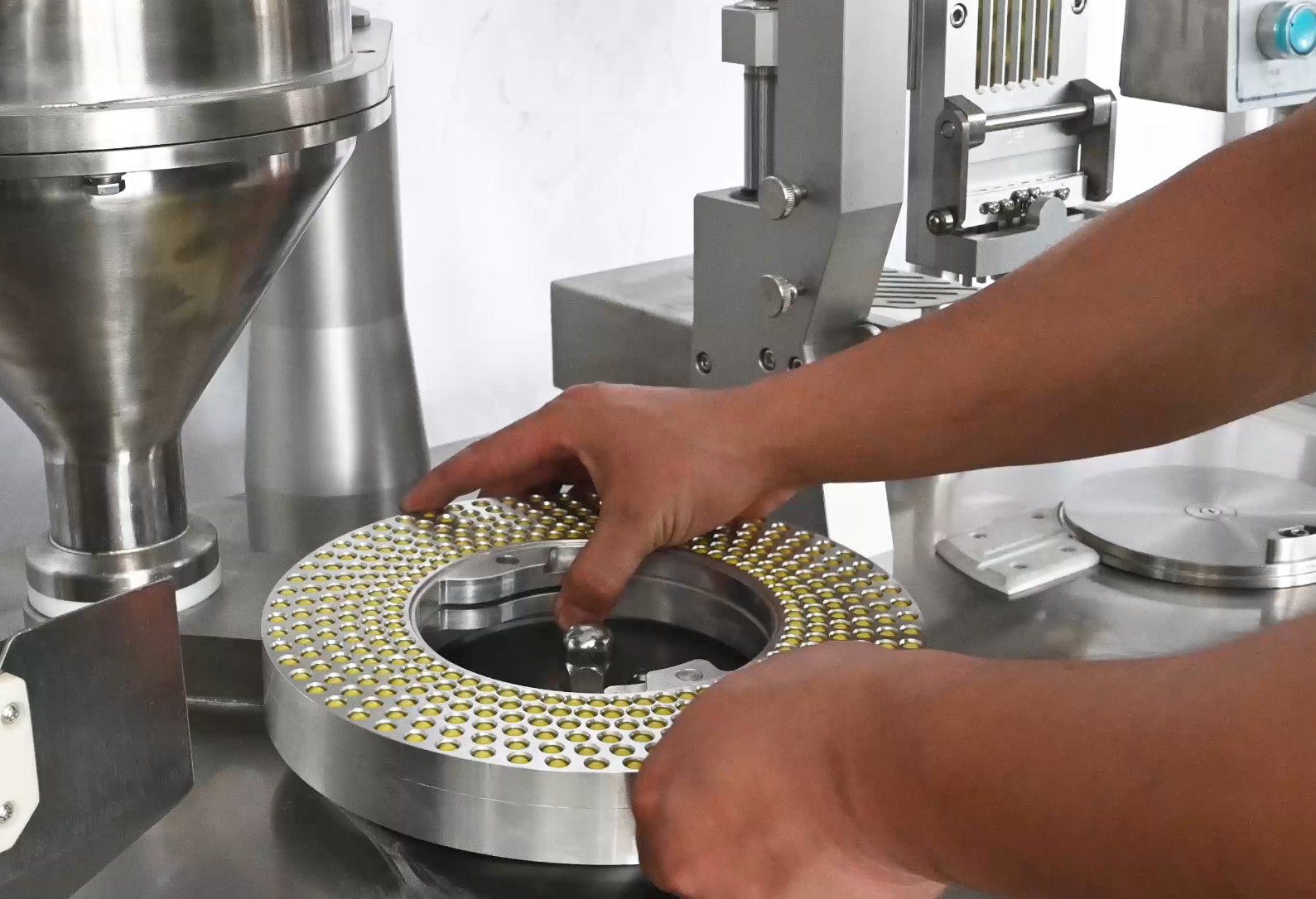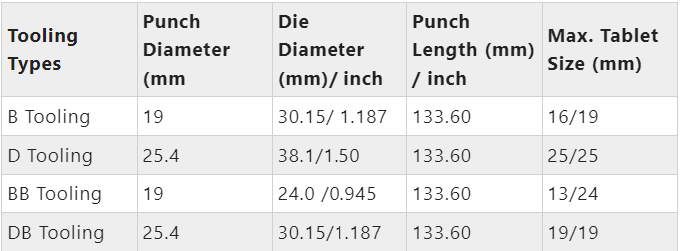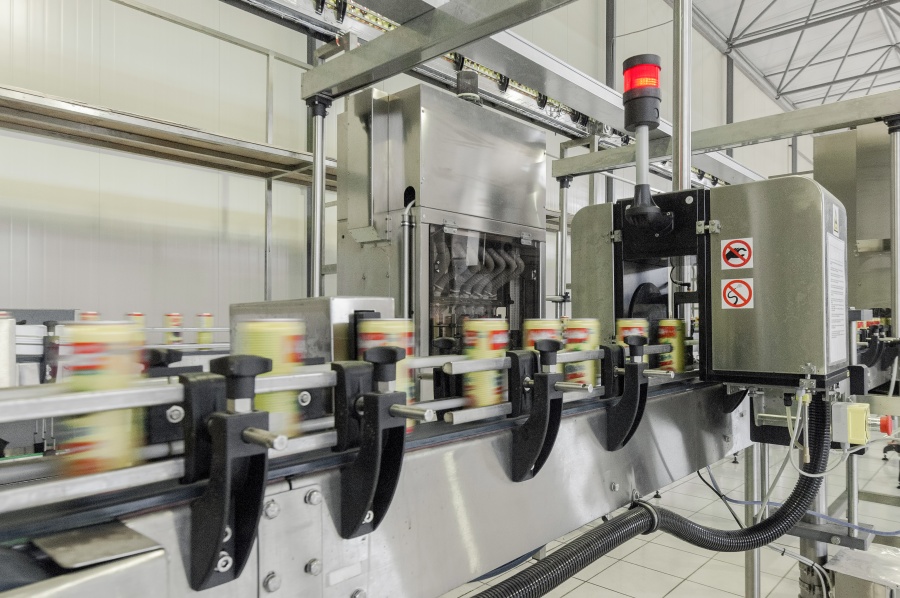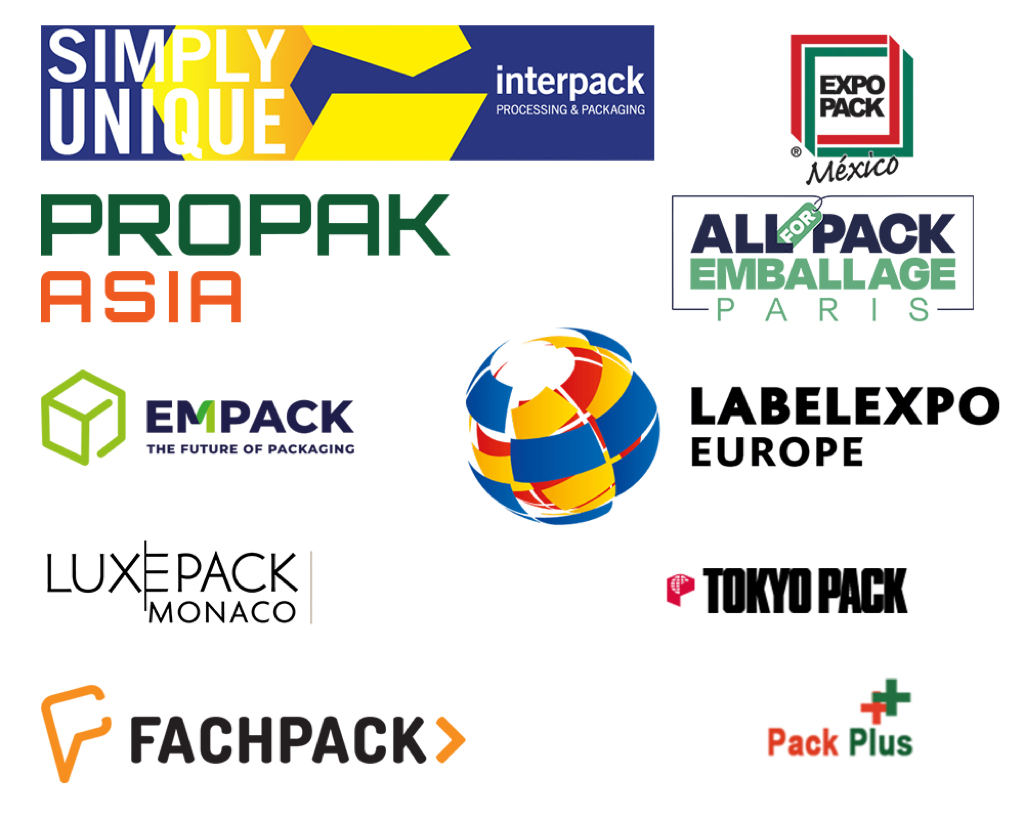Have you ever wondered how the unparalleled consistency is maintained during the capsule filling process? The complex pharmaceutical production process, particularly capsule filling, cannot tolerate variability. It is strictly governed by rigorously applied Standard Operating Procedures (SOPs).

These protocols formalize every critical step and guarantee that your final product meets the highest standards of quality and regulatory compliance.
Here is an essential breakdown of the SOP for a Capsule Filling Machine and how standardization ensures accurate, reliable production outcomes.
Key Takeaways: SOP for Capsule Filling Machines
- Compliance is Non-Negotiable:SOPs provide the documented evidence required for audits by health authorities, such as the FDA and EMA. They are also important for meeting strict regulatory and GMP compliance requirements.
- SOPs Ensure Dosage Consistency:The primary function of the capsule filling SOP is to establish a rigorous framework that prevents critical under- or over-dosing in capsules.
- Process Stages are Critical:The SOP breaks the operation into essential stages, including environmental control, machine setup, rectification (quality check), and precise dosing disc calibration.
- Troubleshooting is Proactive:The SOP includes defined steps to address issues like capsule jamming and inconsistent fill weight. It shifts the approach from reactive repair to proactive maintenance and solution.
The Importance of SOPs in the Capsule Filling Process
In the pharmaceutical industry, SOPs for machines outline the precise methods for operating, cleaning, and maintaining particular equipment. Capsules are one of the most common drug delivery methods. It often contains sensitive components, such as antibiotics or vitamins, for treating various medical conditions.
A proper SOP provides a comprehensive framework for the capsule-filling process. It ensures each capsule has the correct weight and appearance and prevents critical under- or overdosing.
Additionally, SOPs are essential for meeting strict regulatory and compliance requirements. They provide the documented records necessary for audits by health authorities like the FDA or EMA, which minimizes product recalls and ensures consumer safety.
Step-by-Step SOP for a Capsule Filling Machine
A capsule filling machine is an essential piece of equipment in the pharmaceutical and nutraceutical industries. It is a tool that can handle different capsule sizes and powders and plays a critical role in the quality, safety, and consistency of medicines.
Now that you’re ready, let’s walk you through the standard operating procedures for a capsule filling machine.
1. General Requirements and Preparations
For any capsule filling process, general requirements and preparations are the crucial first steps. Operators must first establish and maintain an ideal production environment. This involves controlling factors such as temperature and humidity.
These two can directly affect the integrity of the capsules and the filling powder. A specific SOP might be required to maintain a temperature between 15°C and 25°C and a humidity level between 30% and 60%. These conditions must be maintained throughout the day.
2. Machine Setup
After proper environmental preparation, the next step is to set up the machine. The operator must first turn on the compressed air supply and activate the vacuum pump. They are integral for the machine’s functions, such as capsule separation and powder filling.
The specific requirements can vary between different types of capsule filling machines and manufacturers. As a general observation, the air pressure should be approximately 5 PSI, while the vacuum should be maintained at a level of no less than 600 mmHg.
3. Loading and Rectification
Once the capsule filling machine is appropriately set up, the operators will start the loading and rectification process. The SOP for this process should specify the correct orientation of the capsule shells in the loading tray. It should also include a visual inspection step to check for any visible defects before placing them into the hopper.
The rectification stage is crucial for quality control. It is designed to accurately sort and align capsules. Any damaged, misaligned, or defective capsules are automatically rejected and diverted to a separate tray for processing.
These SOPs make sure that only perfect capsules proceed to the next stage. It also guarantees a consistent and high-quality final product and minimizes material waste.
4. Product Filling
To start the product filling process, the operator should first fill the powder hopper using a clean, stainless steel scoop.
The SOP then requires the operator to operate the dosing disc. They must ensure it is the correct size for the product and set to measure the precise amount of powder required for each capsule.
The actual filling process requires you to guide the powder into the capsule shells manually. They are securely held in the lower half of the filling disc. This step is a blend of automated dosing and manual operation to achieve accurate capsule weight.
5. Sealing and Ejection of Capsules
After filling, the SOP for a capsule filling machine guides the operator to seal and eject the finished product. Place the cap-holding ring over the body-holding ring for a perfect alignment. The machine then applies pressure to join and lock the two halves securely.
Once sealed, the operator activates the ejection mechanism and pushes the completed capsules out of their cavities. These are collected in a designated bin, ready for the next stage of packaging.
6. Cleaning Process of the Capsule Filling Machine
There are strict SOPs in place for the cleaning and downtime of a capsule filling machine. The process starts with powering down and disassembly. The operator safely unplugs and removes loose components, such as the hopper and dosing disc.
Once the machine is taken apart, dry cleaning comes first. A soft brush and vacuum are used to clear away any powder or dust left behind. The removed parts are cleaned with approved solutions and rinsed with purified water to maintain hygiene.
Now, by using agents such as 75% ethanol, any remaining microbes are eliminated. But this isn’t enough. The components are all fully dried in the end before being reassembled, so they are ready for use again.
Bonus: Download SOP Checklist in PDF
https://drive.google.com/file/d/1_HGyrE5g6wYQKcxMMXEAjYjV36m4bwTT/view?usp=sharing
(SOP PDF)
The SOP PDF we’ve prepared is a ready-to-use checklist designed for operators on the production floor.
Each section is broken into clear tasks with sign-off spaces, which makes it both practical and compliant. Instead of a lengthy theory, this checklist gives operators a step-by-step framework they can follow directly during production.
It covers environmental checks, machine setup, capsule loading, product filling, sealing, and full cleaning procedures. In short, you can use these detailed SOPs as a tool that helps maintain safety and quality every single time the machine is used.
FAQs
1. Is there a difference between a semi-automatic and an automatic capsule filling machine SOP?
The SOPs for a capsule filling machine involve both manual and machine steps, such as loading, guiding powder, and sealing. Whereas, for a fully automatic one, SOPs cover an end-to-end process where the machine handles filling, sealing, and ejecting with minimal operator input.
2. When should I update the SOPs for a capsule filling machine?
You should update the SOPs whenever there are changes in regulations, equipment, processes, or safety standards. Regular reviews, at least once a year, are also recommended to keep them current. The SOP should be reviewed and formally updated at least annually, even if no major changes have occurred.
3. How do I prevent capsule shells from sticking during filling?
Capsules often stick if humidity levels are too high or if the powder blend isn’t properly dried. Make sure to keep the environment within 30-60% relative humidity, store capsules in a cool place, and always check powder flow properties. You can also use desiccants during storage to reduce moisture.
Power Your Production Process with Reliable SOPs
The SOP for a capsule filling machine is the critical link between raw materials and a compliant, high-quality final product. It is far more than just a set of instructions. Think of it as a complete quality assurance framework.
Remember, following the SOPs is the only way to keep your production line running consistently.
But having the right machine also makes it easier to meet these standards every day. For that, Finetech is the best available choice. We provide advanced and automatic filling machines built to match pharmaceutical requirements.
Don’t miss the chance. Contact us today to explore our capsule filling machines.










